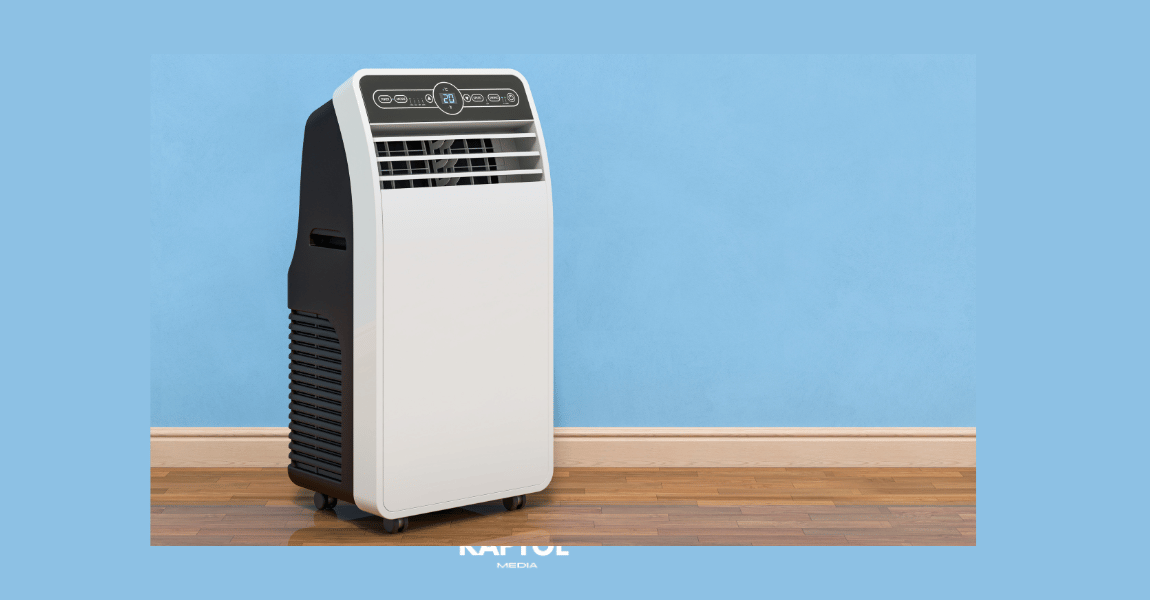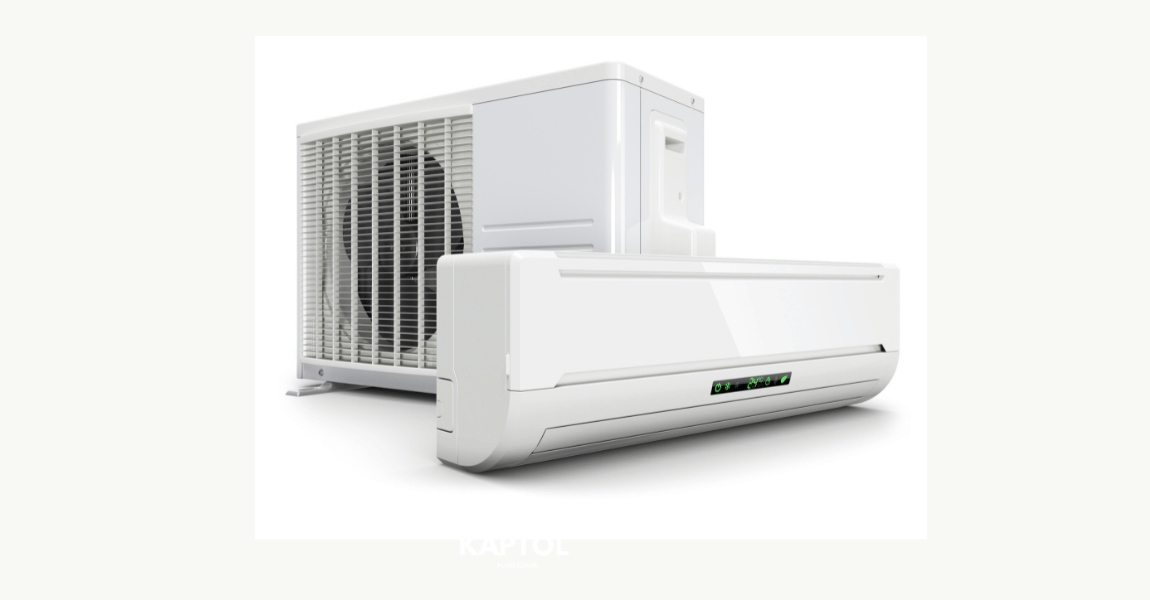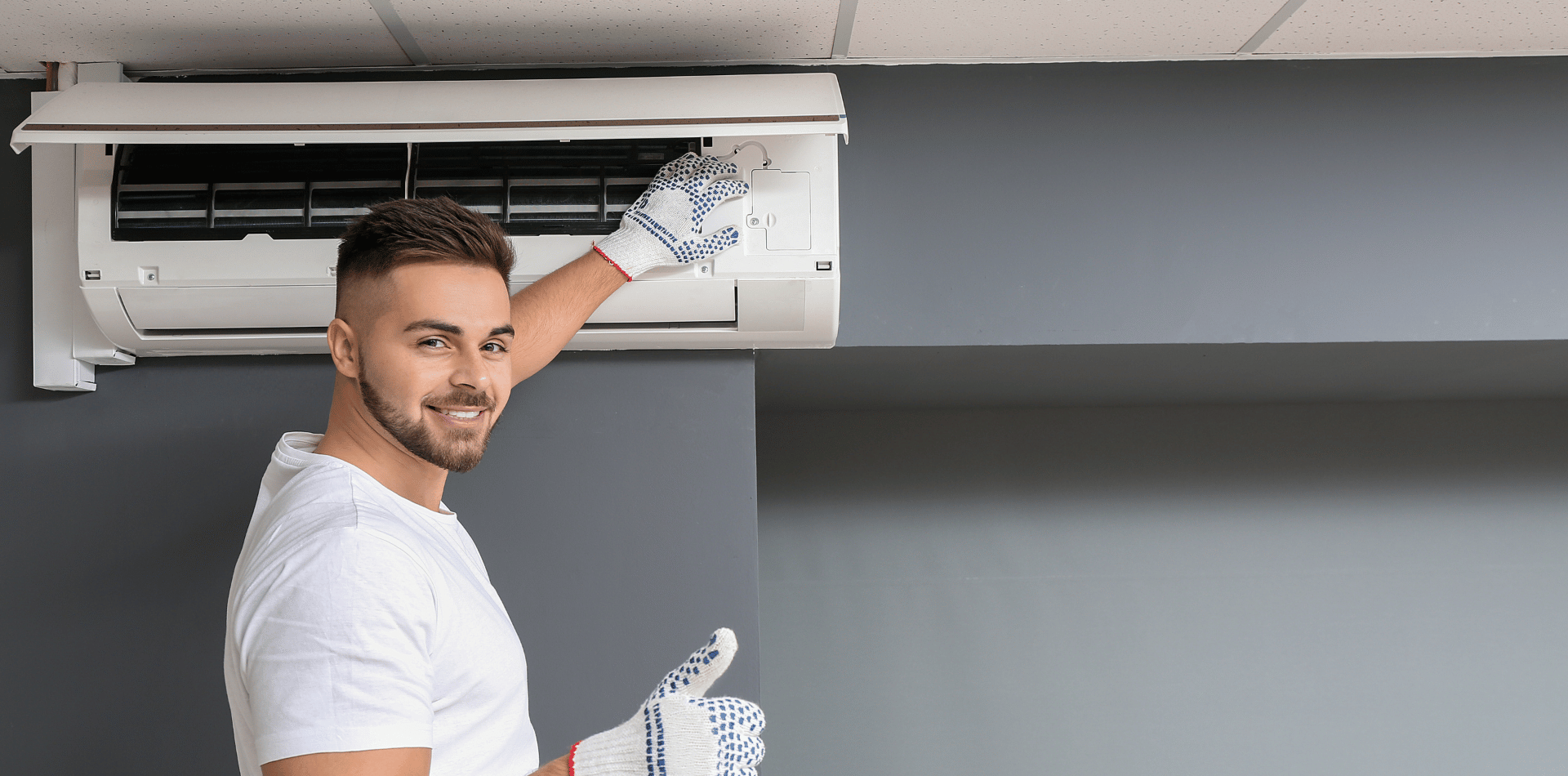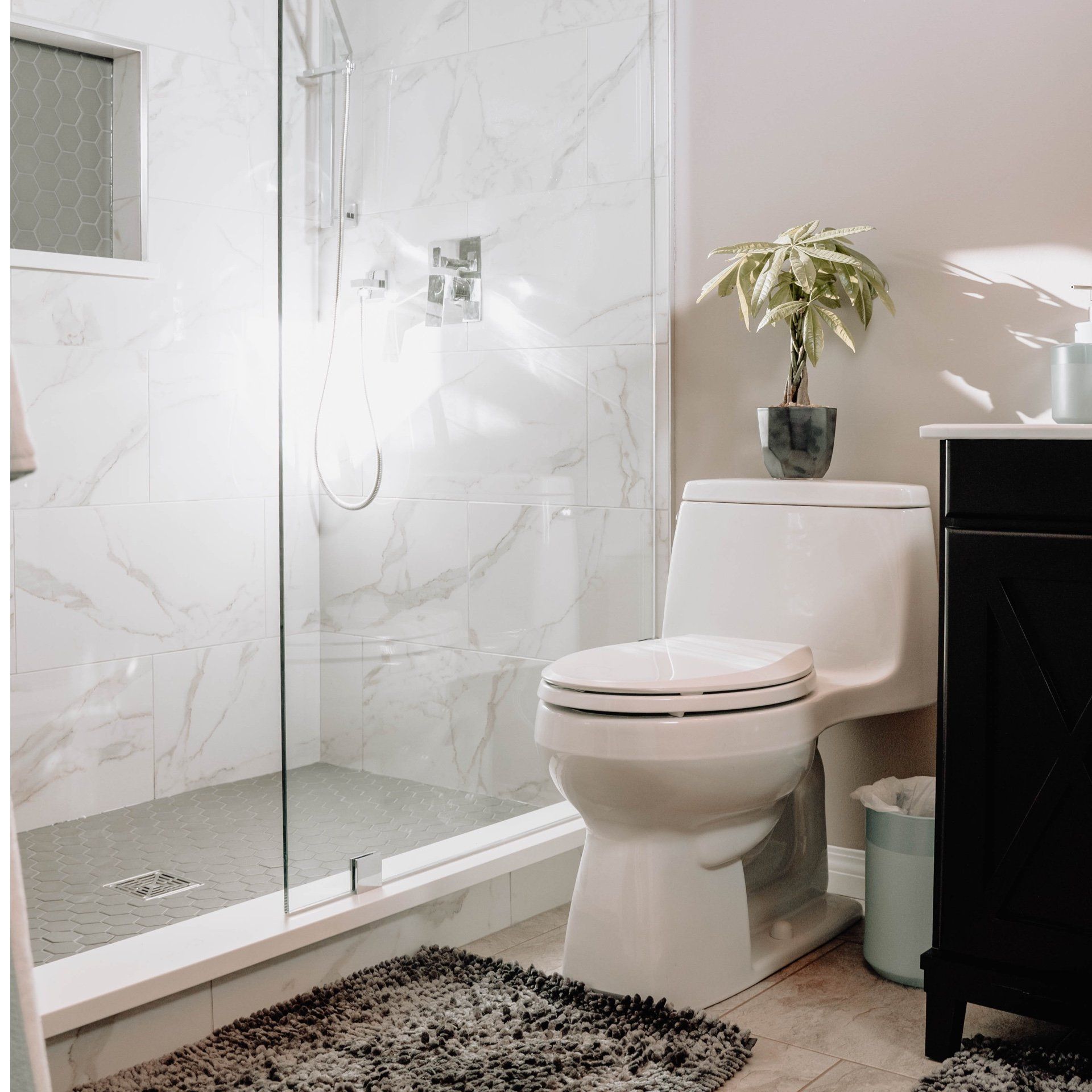Window Air Conditioners
Window Air Conditioners - A detailed look!
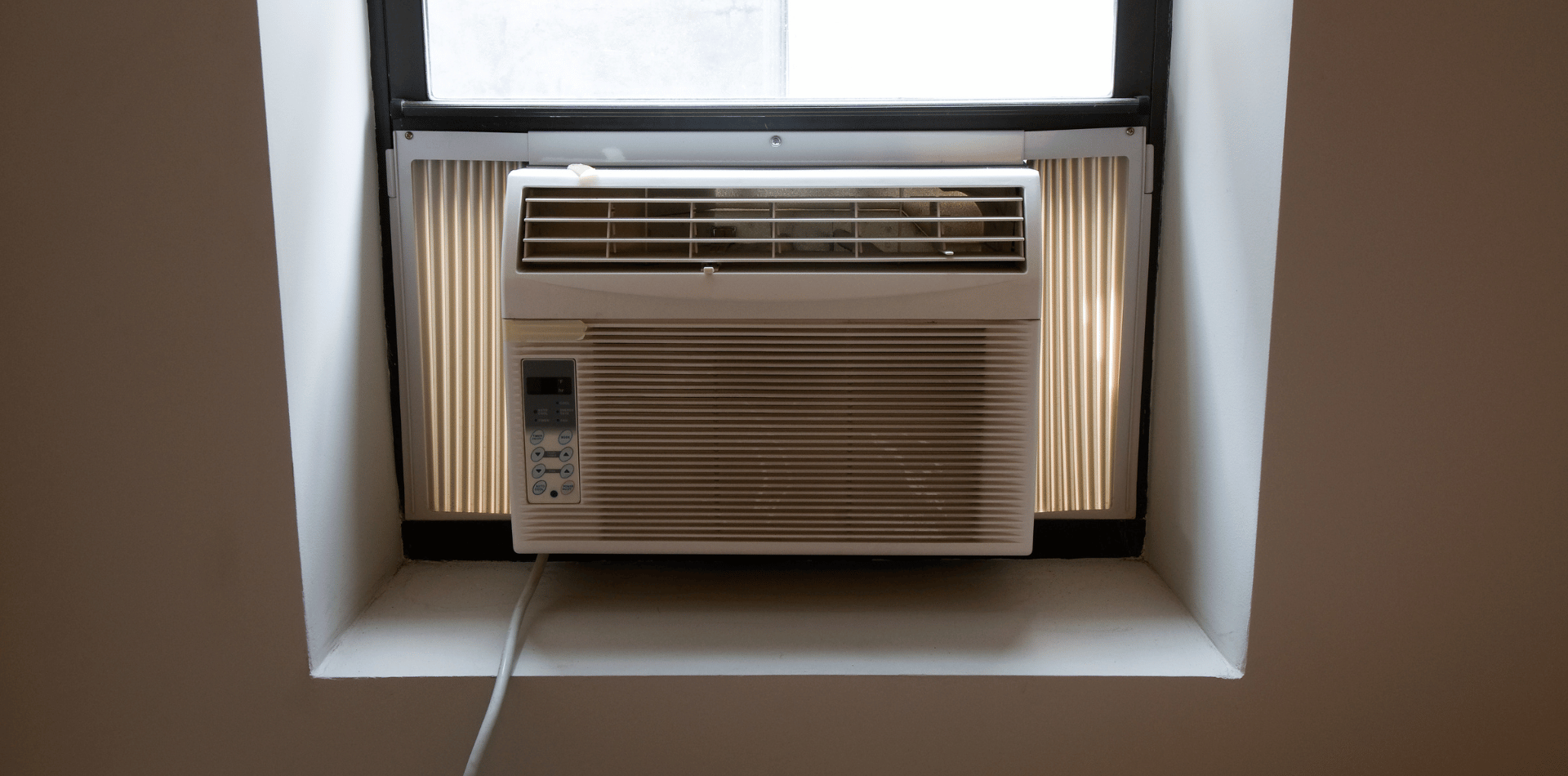
Window air conditioners are a popular, cost-effective solution for cooling single rooms or small spaces.
These units are designed to fit into the window frame, making them a convenient option for renters or those looking for a temporary cooling solution.
Let's have a look at the intricacies of window air conditioners, covering their types, benefits, installation, maintenance, energy efficiency, and factors to consider when choosing one.
Types of Window Air Conditioners
Window air conditioners come in various sizes and cooling capacities, measured in British Thermal Units (BTUs).
The type you need largely depends on the size of the space you want to cool. A unit with too low a BTU rating won't cool your room effectively, while one that's too high will cycle on and off too frequently, leading to inefficient energy use and excessive wear on the unit.
- Small units: These have cooling capacities ranging from 5,000 to 6,500 BTUs, suitable for rooms up to 250 square feet.
- Medium units: Offering 7,000 to 8,200 BTUs, they can effectively cool spaces between 250 to 350 square feet.
- Large units: Designed for rooms 350 to 550 square feet, these units provide 9,800 to 12,500 BTUs of cooling power.
Benefits
Cost-effective
Window air conditioners stand out for their affordability, which is a significant advantage for individuals or families on a budget.
This cost-effectiveness comes in two main forms:
- Initial Purchase Price: When comparing the upfront cost of window air conditioners to central air conditioning systems or portable air conditioners, window units are often much more affordable. They provide a low-cost entry point for effective room cooling without the need for extensive modifications to your living space.
- Installation Costs: Unlike central air systems, which require professional installation involving ductwork and electrical upgrades, window air conditioners can be installed by the homeowner. This DIY approach eliminates the need for expensive labour costs and complex installation processes, further reducing the overall cost of cooling your space.
Easy to Install
The simplicity of installation is another compelling benefit of window air conditioners.
Most units are designed for the average consumer to install without the need for specialized tools or knowledge.
Key points include:
- Installation Kits: Manufacturers typically include all necessary mounting hardware and sealing materials in the box. This means you won't have to purchase additional supplies to get your air conditioner up and running.
- Step-by-Step Instructions: User manuals offer clear, straightforward instructions. Many manufacturers also provide online videos or support hotlines to assist with any questions that may arise during installation.
- No Permanent Alterations: Installation doesn't require permanent modifications to your home. This is particularly beneficial for renters or those living in historical homes where alterations are either impossible or undesirable.
Portability
The portability of window air conditioners is a significant advantage for various living situations.
This flexibility offers several key benefits:
- Ease of Movement: Window units can be easily removed and reinstalled in another window. This is ideal for people who move frequently or want to adjust cooling locations based on time of day or season.
- Adaptability: For renters, the ability to take your air conditioner with you when you move ensures that your investment continues to pay off, regardless of where you live. It also means you can adapt your cooling solutions to the specifics of your current living space without relying on pre-existing systems.
- Seasonal Storage: In cooler months, window air conditioners can be removed and stored, freeing up window space and eliminating drafts. This also provides an opportunity to perform any necessary maintenance or cleaning, ensuring the unit is in top condition for the next warm season.
The benefits of window air conditioners—cost-effectiveness, ease of installation, and portability—make them an attractive option for individuals seeking a straightforward, flexible, and affordable solution to beat the heat. Whether you're living in a small apartment, renting a house, or just need to cool a single room in your home, a window air conditioner offers a practical and efficient way to improve your living environment.
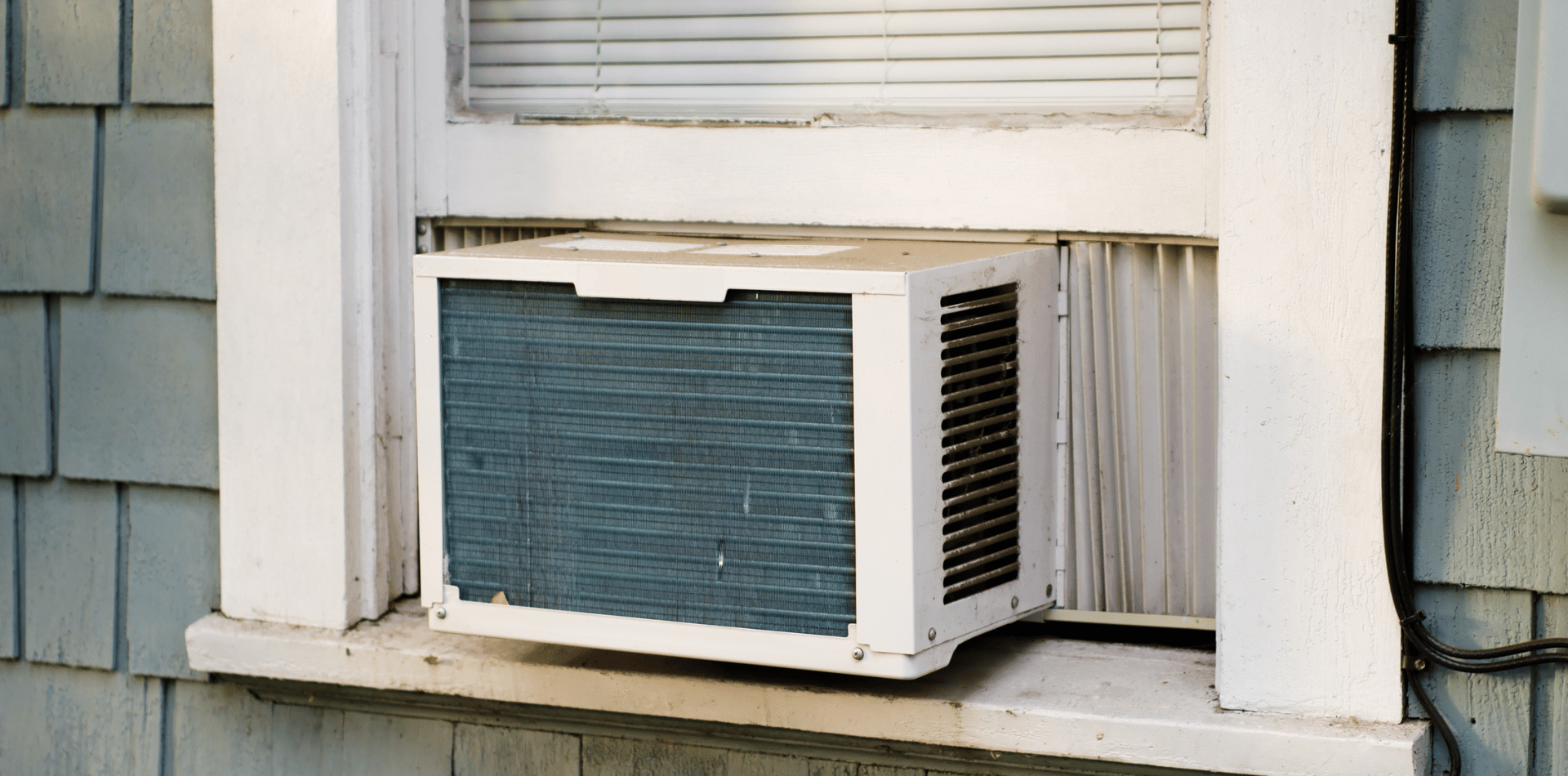
Installation
The installation process of a window air conditioner, though straightforward, requires careful attention to detail to ensure the unit operates efficiently and safely.
Here are some of the critical steps and considerations involved in the installation process.
1. Choosing the Right Location
- Window Selection: The first step is to select a suitable window. Ideally, this should be a window that receives shade for most of the day, as direct sunlight on the unit can decrease its efficiency. The window should also be close to a three-pronged electrical outlet to avoid the use of extension cords, which can be a fire hazard due to the high power draw of air conditioners.
- Structural Integrity: Ensure that the window frame and sill are in good condition to support the weight of the air conditioner. Weak or rotting wood can give way under the unit's weight, leading to potential damage or injury.
2. Preparing the Window
- Sash and Frame: Clean the window sash and frame thoroughly to remove dust and debris. This ensures a tight fit and helps prevent air leakage.
- Measuring: Measure the window to ensure it can accommodate the air conditioner's dimensions. Check the manufacturer's requirements for minimum window size and sash opening.
3. Installation Kit and Accessories
- Using the Kit: Window air conditioners typically come with an installation kit, which includes side panels, mounting brackets, and foam seals. These components are crucial for a secure installation and for sealing gaps around the unit.
- Side Panels: Extend the adjustable side panels to fill the extra window space on either side of the unit, which helps prevent hot air from entering and cold air from escaping.
4. Securing the Unit
- Placement: Carefully place the air conditioner in the window, following the manufacturer's instructions. The back of the unit should tilt slightly downward outside the window to ensure proper drainage.
- Locking the Window: Lower the window sash onto the top of the unit to secure it in place. Use the provided brackets, screws, and foam to further secure the unit and seal the open spaces around the sash.
5. Sealing and Insulation
- Weatherstripping: Apply weatherstripping around the window where it meets the sash and air conditioner. This prevents warm air infiltration and increases efficiency.
- Insulation: Use foam insulation panels or additional weatherstripping to seal gaps between the air conditioner and the window frame. Ensuring a tight seal minimises energy loss and maximizes cooling efficiency.
6. Final Checks
- Level and Stability: Once installed, double-check that the air conditioner is level so it can drain correctly. Also, make sure it's securely mounted and there's no movement when you push against it.
- Electrical Safety: Plug the unit directly into a properly grounded outlet. If an extension cord is absolutely necessary, use one specifically designed for air conditioner use, but this is generally discouraged.
Proper installation not only ensures that your window air conditioner will run efficiently but also extends its lifespan by preventing issues related to improper drainage or air leaks. Additionally, a well-installed unit contributes to lower energy bills by reducing the need for the air conditioner to work harder to cool your space.
Maintenance
Maintaining a window air conditioner is crucial for its efficient operation and longevity.
Regular maintenance tasks not only keep the unit running smoothly but also improve air quality and reduce energy consumption.
Some of the essential maintenance tasks for window air conditioners are:
1. Cleaning or Replacing the Air Filter
- Frequency: The air filter should be checked and cleaned at least once a month during periods of heavy use. Dust and pollen can quickly clog the filter, reducing airflow and forcing the unit to work harder, which can lead to increased energy costs and reduced cooling efficiency.
- Process: Most window air conditioner filters can be easily removed, cleaned with mild soap and water, dried thoroughly, and then reinserted. If the filter is damaged or excessively dirty, it should be replaced.
2. Cleaning the Coils and Fins
- Evaporator and Condenser Coils: Over time, the evaporator and condenser coils can collect dust and debris, which insulate the coils and reduce their ability to absorb and release heat, respectively. Use a soft brush or a coil cleaner to gently clean these coils at the beginning and end of each cooling season.
- Fins: The aluminium fins on the evaporator and condenser coils can become bent over time, blocking airflow. A "fin comb" can be used to straighten any bent fins, restoring efficient airflow through the coils.
3. Ensuring Proper Drainage
- Drain Channels: Check the drain channels regularly to ensure they are not blocked. Proper drainage is crucial to prevent water from accumulating in or around the unit, which could lead to humidity issues, mold growth, or even water damage to your window and wall.
4. Checking for Seals and Leakage
- Seals: At the start of each cooling season, check the seals around the air conditioner to ensure that cool air is not escaping from your room. Replace any worn or damaged seals to maintain cooling efficiency and prevent warm air from entering.
5. Preparing for Off-Season Storage
- Cleaning Before Storage: Before storing the unit for the winter, give it a thorough cleaning — filters, coils, fins, and the unit's exterior. Allow the unit to dry completely to prevent mold and mildew growth.
- Covering: If removing the unit is not practical, cover it with an air conditioner cover or use heavy plastic sheeting to protect it from dust and moisture. Ensure that the covering allows for some airflow to prevent condensation and mould growth.
- Storage Location: If you remove the unit from the window, store it in a dry, cool place. Avoid placing anything on top of the unit during storage to prevent damage to the coils or fins.
6. Annual Checkups
- Professional Maintenance: While you can do many maintenance tasks yourself, an annual checkup by a professional can help identify any issues before they become major problems. This can include checking for coolant leaks, testing the unit's electrical connections, and ensuring that the thermostat and controls are working correctly.
Regular maintenance of your window air conditioner ensures that the unit operates efficiently, saving energy and reducing costs. It also improves indoor air quality and extends the life of the unit, making it a valuable practice for any homeowner or renter.
Energy Efficiency
Energy efficiency in window air conditioners is increasingly important in today’s world, where energy conservation and cost savings are paramount for consumers.
As technology advances, manufacturers have made significant strides in producing more energy-efficient units that not only help in reducing the environmental footprint but also in lowering household energy expenses.
Here’s a look into the aspects of energy efficiency in window air conditioners.
Understanding EER and SEER
- Energy Efficiency Ratio (EER): The EER is a measure of how efficiently a window air conditioner operates when the outdoor temperature is at a specific level (usually 35°C). It is calculated by dividing the cooling capacity (in BTUs) by the power input (in watts). A higher EER rating indicates a more efficient air conditioner. For example, an EER rating of 12 is more efficient than a rating of 8.
- Seasonal Energy Efficiency Ratio (SEER): SEER, on the other hand, measures how efficiently a cooling system will operate over an entire cooling season, rather than at a specific temperature point. Like EER, SEER is calculated by dividing the cooling output over a cooling season by the energy consumed in watt-hours. SEER ratings are typically used for central air systems but are becoming more relevant for window units as technology improves.
The Importance of Energy Star Label
The Energy Star label is a mark of energy efficiency recognised worldwide. Window air conditioners that earn the Energy Star label have met strict energy efficiency guidelines. These units are at least 10% more efficient than models that merely meet the national minimum standard for energy efficiency.
- Reduced Energy Bills: Energy Star-certified window air conditioners can significantly reduce energy consumption, which translates into savings on electricity bills. Over the life of the unit, these savings can add up to the price of the air conditioner itself.
- Environmental Impact: By choosing an Energy Star-certified model, consumers are also making an environmentally friendly choice. Reduced energy consumption means fewer greenhouse gas emissions, contributing to a smaller carbon footprint.
Features That Enhance Energy Efficiency
- Programmable Timers and Thermostats: Many modern window air conditioners come with programmable timers and digital thermostats that allow users to set precise cooling schedules and temperatures. This prevents the unit from running unnecessarily when the room is already cool or when no one is home.
- Variable Speed Fans: Units with variable speed fans can adjust the fan speed to suit the cooling needs of the room, which can lead to more efficient energy use compared to units with only one or two fan speeds.
- Smart Features: Some of the latest models include smart features that allow for remote control via smartphones or integration with home automation systems. This can further optimise cooling schedules and preferences, ensuring efficient use of energy.
The push towards energy efficiency in window air conditioners reflects a broader trend towards sustainability and cost-effectiveness in household appliances.
By understanding and prioritising features such as EER and SEER ratings, Energy Star certification, and energy-saving technologies, you can make informed decisions that benefit both their wallets and the planet.
As technology continues to evolve, we can expect even greater advances in the efficiency of window air conditioners, making them an even more attractive option for cooling homes.
Choosing the right Window Air Conditioner
Choosing the right window air conditioner involves careful consideration of several factors to ensure optimal cooling efficiency, energy usage, and comfort.
Here's some considerations to help you select the best unit for your needs.
1. Room Size and BTU Calculation
The size of the room you intend to cool is the most critical factor in choosing a window air conditioner. The cooling capacity of air conditioners is measured in British Thermal Units (BTUs). A unit with too few BTUs will run continuously without adequately cooling the room, while one with too many BTUs will cycle on and off too frequently, reducing efficiency and dehumidification.
- Square Metre Calculation: To calculate the square metreage of your room, multiply its length by its width. Then, use a BTU sizing chart to find the recommended BTU rating for your space. For example, a room measuring 15 square metres would typically require an air conditioner with about 5,000 BTUs.
2. Consideration of Sun Exposure
Rooms with significant sun exposure heat up more than shaded rooms, affecting the cooling capacity needed:
- Sunny Rooms: If your room receives a lot of sunlight, increase the required BTUs by 10%. This adjustment ensures that the air conditioner can effectively counteract the additional heat generated by sun exposure.
- Shaded Rooms: Conversely, if the room is heavily shaded, you can reduce the required BTUs by 10%, which can lead to energy savings while still maintaining comfort.
3. Accounting for Room Occupancy
The number of people regularly occupying the room can also impact the cooling capacity needed:
- Additional Occupants: Each person generates heat, so if more than two people regularly occupy the room, add 600 BTUs to the recommended capacity for each additional person. This adjustment helps maintain a comfortable temperature even with the extra heat source.
4. Energy Efficiency Considerations
Energy efficiency is an important consideration, not only for the environment but also for reducing electricity bills:
- EER and SEER Ratings: Higher Energy Efficiency Ratio (EER) and Seasonal Energy Efficiency Ratio (SEER) ratings indicate more efficient air conditioners. Opting for a model with a high EER or SEER rating can lead to significant energy savings over the lifespan of the unit.
- Energy Star Certification: Look for units with the Energy Star label, which signifies that the air conditioner meets strict energy efficiency guidelines.
5. Additional Features for Convenience and Comfort
Modern window air conditioners offer a variety of features that can enhance convenience, comfort, and even efficiency:
- Programmable Timers: Allow you to set the air conditioner to turn on or off at specific times, ensuring the room is cool when needed while saving energy when not in use.
- Remote Controls: Offer the convenience of adjusting settings without having to physically access the unit.
- Smart Home Compatibility: Some models can be controlled through smartphone apps or are compatible with smart home systems, allowing for temperature adjustments remotely or through voice commands.
- Adjustable Airflow: Look for units that allow you to control the direction of airflow, which can help distribute cool air more evenly throughout the room.
- Quiet Operation: Consider the noise level of the unit, especially for bedrooms or study areas. Some models are designed to operate very quietly, minimising disruptions.
Window air conditioners are a versatile, efficient, and cost-effective way to keep your space cool and comfortable.
By understanding the different types, installation requirements, and maintenance needs, you can choose the right unit for your space and enjoy a cooler environment without breaking the bank.
Choosing the right window air conditioner requires a careful assessment of your room’s size, sun exposure, and occupancy, along with a consideration of energy efficiency and desired features.
By taking these factors into account, you can select a unit that not only fits your space but also offers convenience, efficiency, and comfort.

